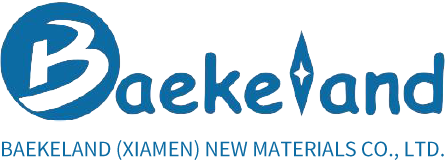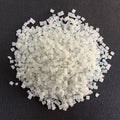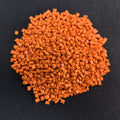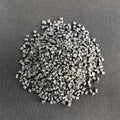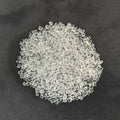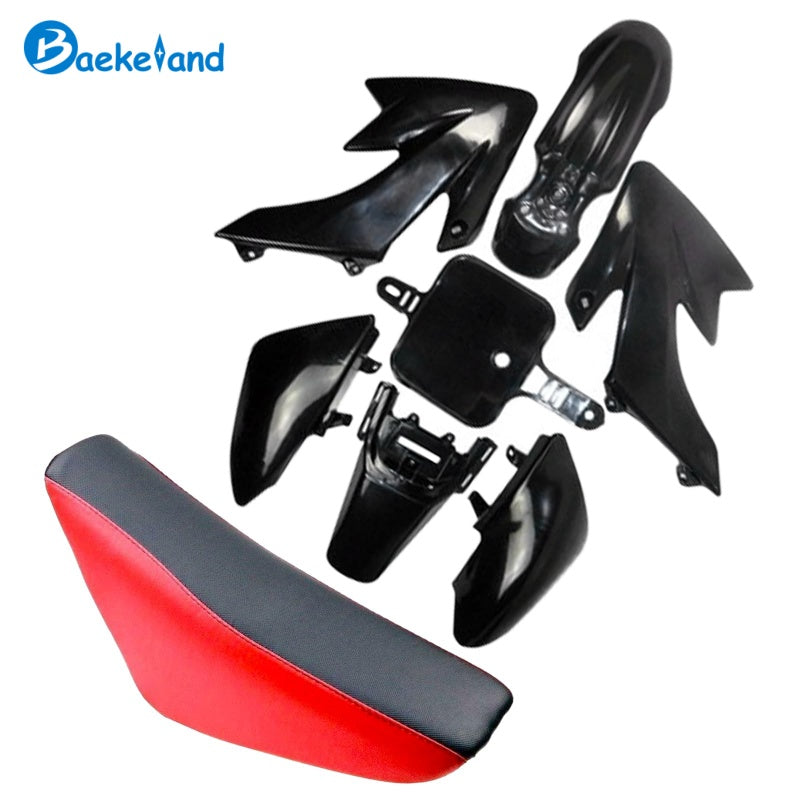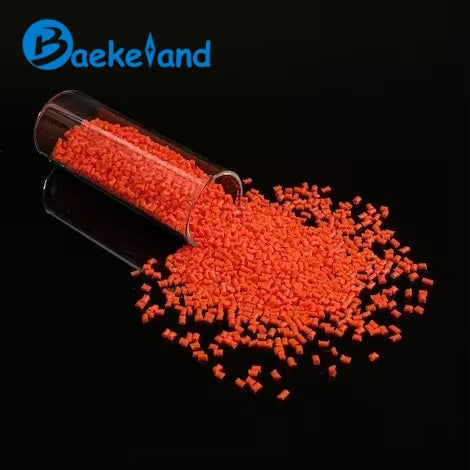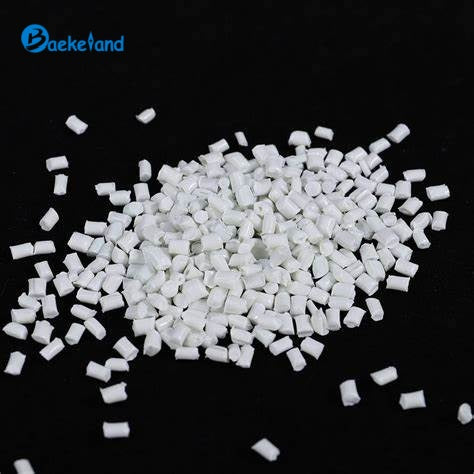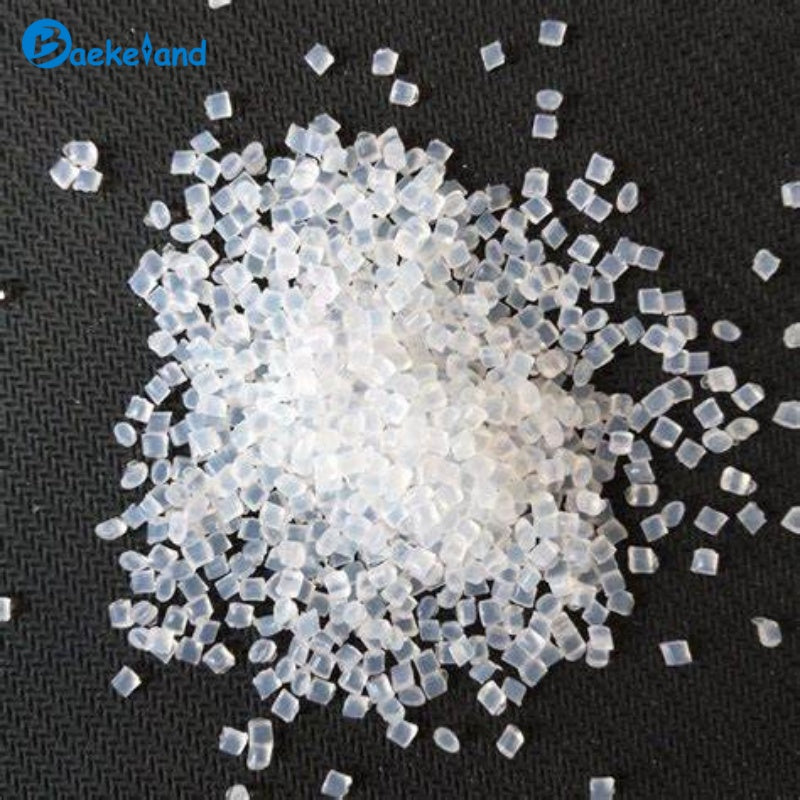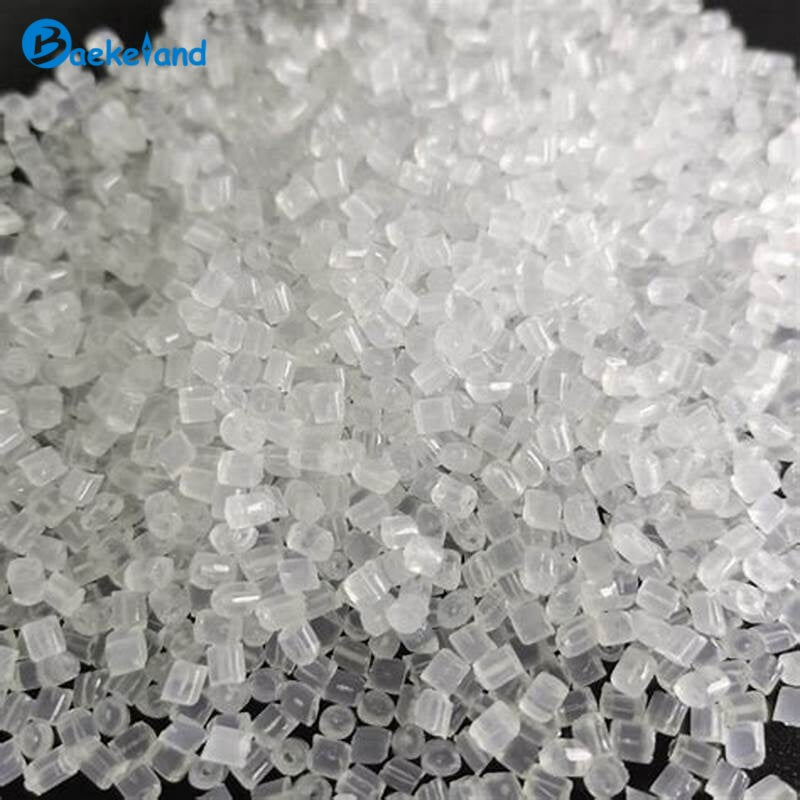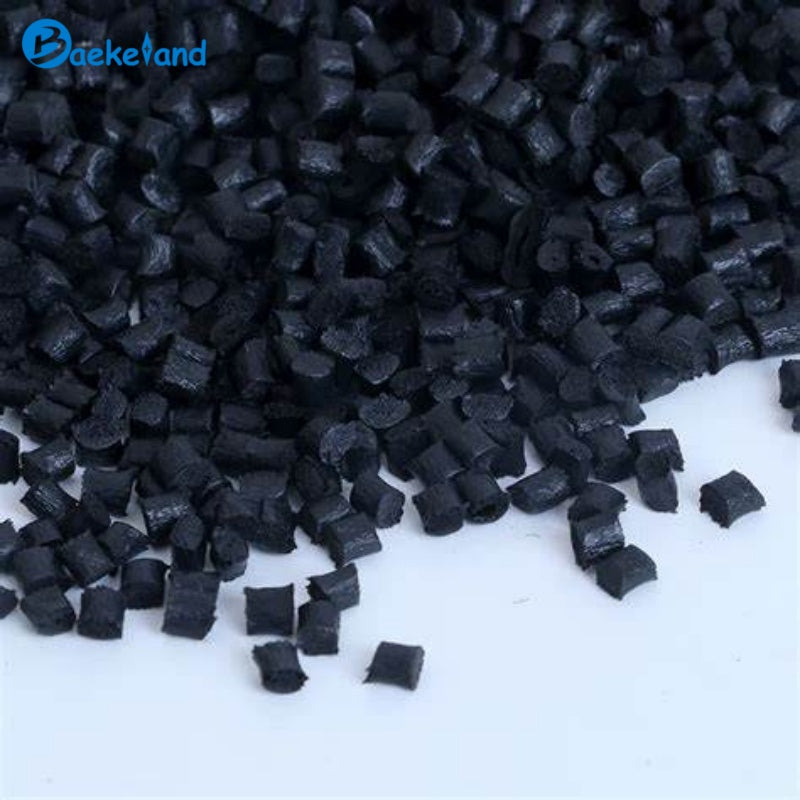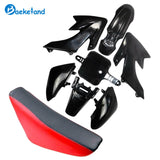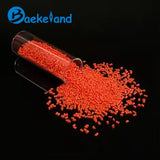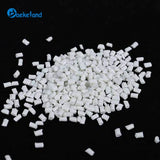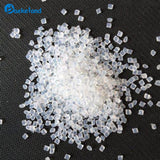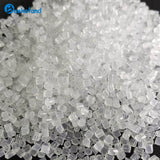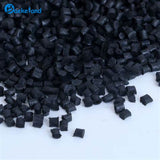30% Glass Fiber Reinforced PA6 (Nylon 6 GF30) – High-Strength Engineering Plastic for Automotive, Electrical, and Mechanical Applications
PA6+GF30 is a high-performance, 30% glass fiber reinforced nylon 6 compound engineered for demanding structural applications. Compared to unfilled PA6, this formulation offers significantly improved tensile strength, stiffness, dimensional stability, and creep resistance, especially under thermal and mechanical stress.
This grade is ideal for parts requiring high mechanical strength, thermal resistance, and excellent processability. It performs reliably in challenging environments such as under-the-hood automotive parts, structural housings, electrical components, and industrial gears.
Typical Applications
Automotive: Radiator end tanks, pedal brackets, fan housings, engine covers
Electrical/Electronic: Connector housings, coil bobbins, switch covers
Industrial Machinery: Gear housings, impellers, structural brackets
Consumer Goods: Power tool housings, sports equipment, mechanical joints
Technical Data (Typical Values)
|
Property |
Test Method |
Typical Value |
|
Tensile Strength |
ISO 527 |
145–180 MPa |
|
Flexural Modulus |
ISO 178 |
6,000–9,000 MPa |
|
Notched Izod Impact |
ISO 180 |
6–10 kJ/m² |
|
Heat Deflection Temp (1.8 MPa) |
ISO 75 |
190–220°C |
|
Melting Point |
DSC |
~220°C |
|
Density |
ISO 1183 |
1.35–1.45 g/cm³ |
|
Shrinkage |
ASTM D955 |
0.3–0.7% (flow direction) |
Note: Values may vary slightly by grade (e.g. heat stabilized, lubricated, flame retardant versions).
❓ FAQs
Q1: What are the key advantages of PA6+GF30 over pure PA6?
A: PA6+GF30 has 2–3x higher tensile strength, much better heat distortion resistance, and lower shrinkage—ideal for load-bearing parts.
Q2: Can PA6 GF30 be used outdoors?
A: Yes, UV-stabilized grades are available for outdoor use. Please consult us for the right formulation.
Q3: Is this material halogen-free flame retardant?
A: Optional halogen-free V-0 flame retardant grades are available upon request.
Q4: Is it suitable for injection molding or extrusion?
A: Primarily designed for injection molding; some grades can be tailored for extrusion profiles or sheets.
